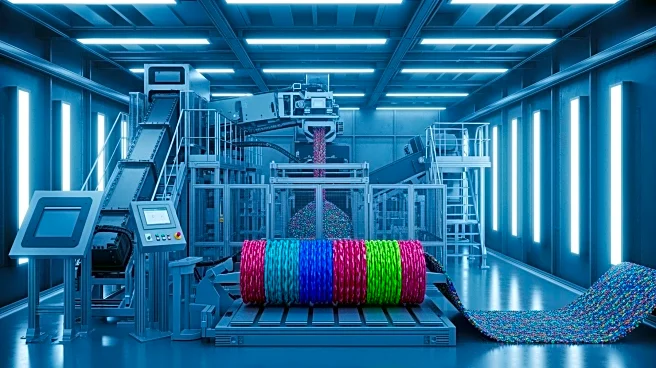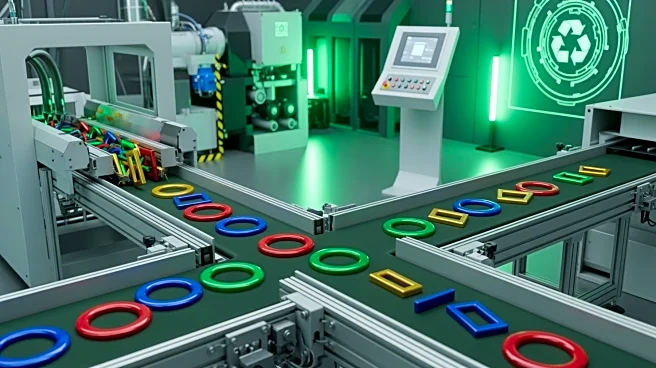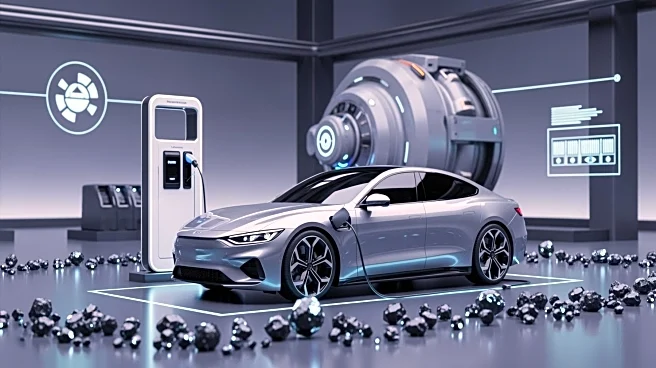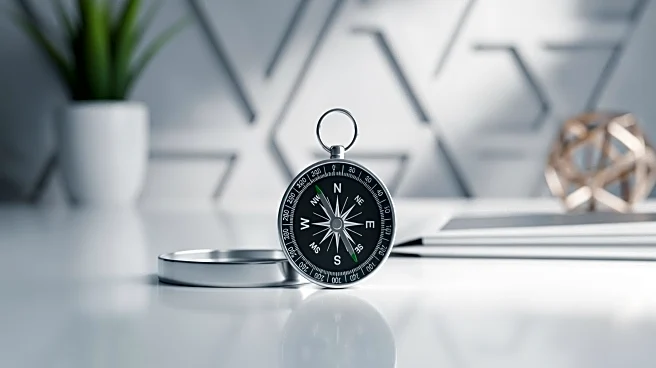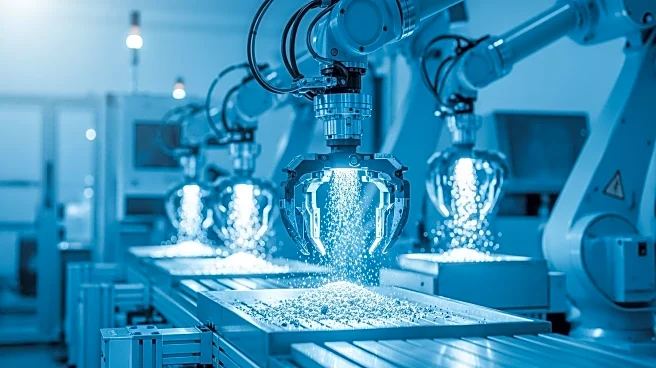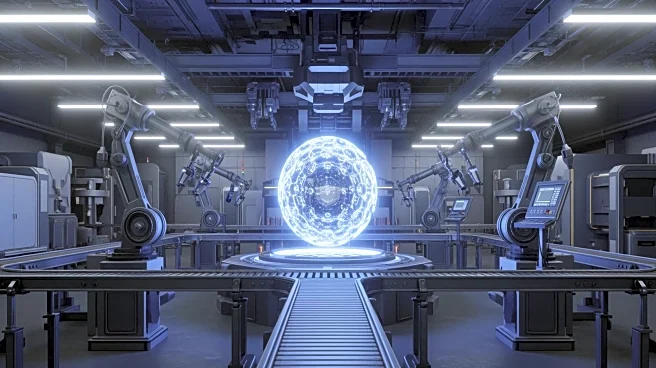What's Happening?
A team of researchers has developed a new method for recycling rare earth elements (REEs) from waste magnets, which promises to be more energy-efficient and less polluting than current techniques. The
process involves using an electric current to rapidly heat waste magnets to high temperatures, followed by the introduction of chlorine gas to react with non-REEs, keeping them in the vapor phase. This method, detailed in a paper published in the Proceedings of the National Academy of Sciences, aims to help the United States meet its growing demand for REEs by extracting them from electronic waste.
Why It's Important?
Rare earth elements are crucial for various industries, including electronics and renewable energy. The new recycling method could significantly reduce the environmental impact of REE extraction, which is traditionally energy-intensive and polluting. By recovering REEs from waste, the U.S. could decrease its reliance on foreign sources, enhancing national security and economic stability. This innovation also aligns with global efforts to promote sustainable practices and reduce electronic waste.
What's Next?
The researchers plan to further refine the process and explore its scalability for industrial applications. If successful, this method could be integrated into existing recycling systems, potentially transforming how electronic waste is managed. Stakeholders in the electronics and renewable energy sectors may express interest in adopting this technology to secure a stable supply of REEs.
Beyond the Headlines
The development of this recycling method highlights the growing importance of sustainable practices in technology and manufacturing. It also underscores the potential for scientific innovation to address environmental challenges and resource scarcity. As the demand for REEs continues to rise, similar breakthroughs could play a pivotal role in shaping future policies and industry standards.
